10.Diet and Nutritional Risk Factors

Advertisements
There is a strong correlation between diet and nutritional deficiencies and many cancers. The National Academy of Sciences and others estimate that nutritional factors account for 60 percent of cancer cases in women and 40 percent in men. Cancers of the breast, colon, rectum, uterus, prostate, and kidney are closely associated with consumption of total fat and protein, particularly meat and animal fat.
Other cancers that are directly correlated with dietary factors are cancers of the stomach, small intestine, mouth, pharynx, esophagus, pancreas, liver, ovary, endometrium, thyroid, and bladder. Aflatoxin, a fungus product that is found on certain edible ^plants (especially peanuts), is related to human liver cancer.
9.Chemical Risk Factors
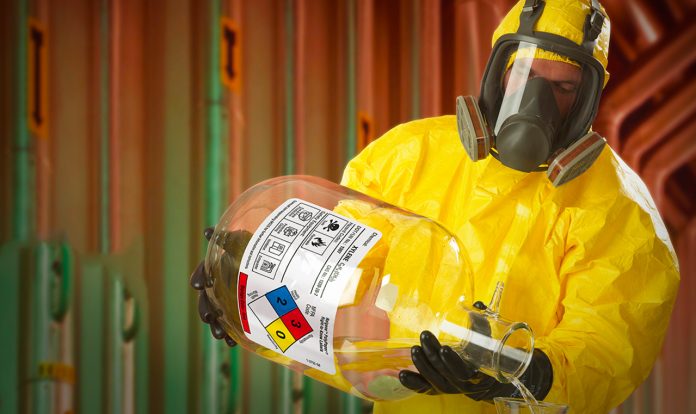
Chemical and environmental factors, including diet and lifestyle, may be responsible for causing 80 to 90 percent of all cancers. Theoretically, then, most cancers could be prevented if the factors that cause them can first be identified and then controlled or eliminated.
Throughout their lives, people are exposed to many chemicals and some drugs in small amounts and in many combinations unique to their culture and environment. Many chemicals and drugs are now known to cause human cancer, and many more are suspected carcinogens.
People who are exposed to chemicals either directly, such as those who work in the particular industry shown, or indirectly, such as firefighters exposed to burning objects made from chemicals, are at increased risk of developing the some cancer. The incidence of certain cancers in particular populations reflects prolonged low-level exposure to many carcinogens (chemical substances that cause cancer), cocarcinogens (substances that activate carcinogens), and promoting factors (substances that facilitate the action of carcinogens).
8.Environmental Risk Factors

Environmental factors may be just as important as genetic factors for cancer. For example, Japanese men and women who leave Japan and settle in Hawaii or the continental United States have a lower risk of stomach cancer than those who remain in Japan. Stomach cancer in the United States has been steadily decreasing with the advent of refrigeration and the consequent removal of carcinogenic chemicals as food preservatives.
Air pollution may be a risk factor for cancer, especially lung cancer. Those living in cities encounter many sources of pollution. More people in cities smoke cigarettes than in rural areas. Carcinogens derived from car emissions, industrial activity, burning of solid wastes and fuels remain in the air from four to forty days and thereby travel long distances. And asbestos, a potent carcinogen, can also be found airborne in cities.
Our drinking water contains a number of carcinogens, including asbestos, arsenic, metals, and synthetic organic compounds. Asbestos and nitrates are associated with gastrointestinal cancers; arsenic is associated with skin cancer; and synthetic organic chemicals are associated with cancers of the gastrointestinal tract and urinary bladder.
7.Radiation Risk Factors
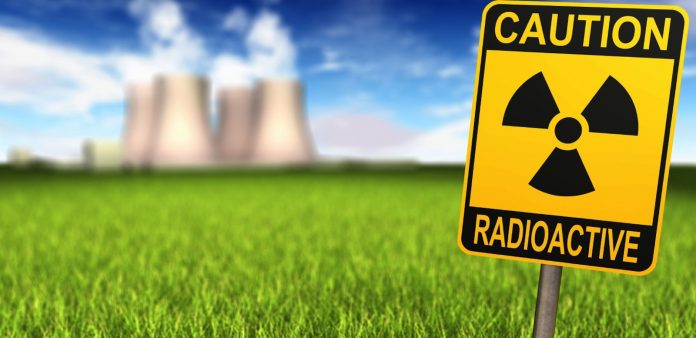
Human studies show that the more radiation a person is exposed to the higher is the risk of developing cancer, especially if the radiation exposure is to bone marrow, where the blood cells are made.
People who received radiation to shrink enlarged tonsils or to treat acne have a higher risk of developing cancer of the thyroid and parathyroid glands located in the neck. Survivors of the bombings of Hiroshima and Nagasaki have had an increased incidence of leukaemia, lymphoma, Hodgkin’s disease, multiple myeloma, and other cancers.
People who used to paint radium on wristwatch dials have a high incidence of osteogenic sarcoma, a bone cancer. Chronic exposure fair-skinned, easily sunburned people to sunlight (ultraviolet light) will lead to a higher rate of skin cancer.
Advertisements
6.Occupational Risk Factors
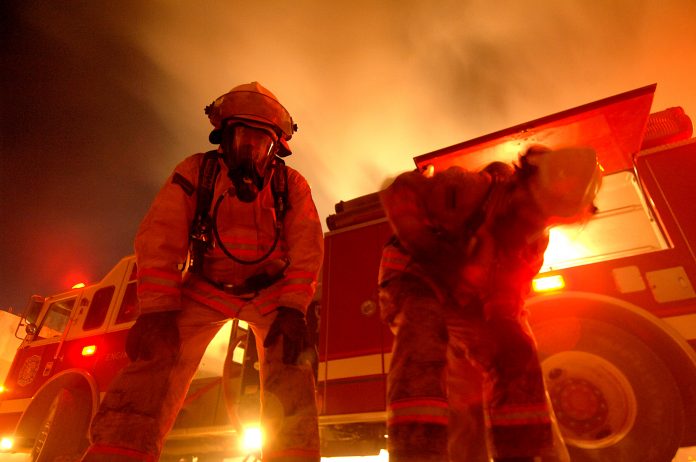
About 10 percent of all cancers are related to exposure to carcinogens on the job. The relationship between a person’s job and cancer was noted in the eighteenth century when it was observed that the incidence of cancer of the scrotum was very high in chimney sweeps. Many associations between exposure to carcinogens at work and cancer have been made since then. Most recently, the boot and shoe manufacture and repair industry and the furniture and cabinetmaking industry were shown to be risk factors for cancer of the nasal sinuses.
Preliminary studies indicate that butchers and slaughterhouse workers are at risk for lung cancer and cancer of other parts of the respiratory system as well as some leukemias.
5.Age As A Risk Factor

The older you get, the higher is your risk of developing cancer. Your risk for cardiovascular disease also increases with age, but to a greater degree. The Biometry Section of the National Cancer Institute has presented studies which show that with every five-year increase of age there is a doubling in the incidence of cancer. The elderly often suffer from nutritional deficiencies, and they have an increased number of infections, autoimmune diseases, and infantile disease patterns, as well as cancer.
As you get older, your risk of getting cancer increases not only because of your age but also due to the amount of time you have been exposed to external risk factors. Far example, cigarette smoking increases your chances of getting lung cancer. The longer you smoke, the greater is the likelihood and incidence of lung cancer. For men between 55 and 64, the annual lung cancer mortality rate is five times higher if they started to smoke before age 15 than if they started to smoke after age 25. If a person stops smoking there is a decreased risk of developing lung cancer, but this risk does not go back to zero.
4.Genetic Risk Factors
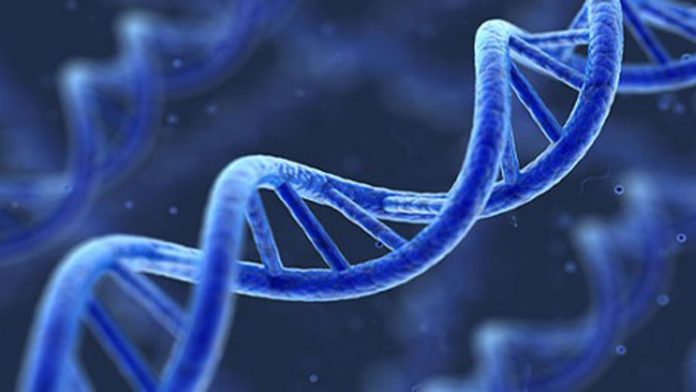
Cancer is usually characterized by abnormal genetic chromosome material in the affected cancer cell. A cancer cell does not have the proper amount or type of genes, or, more specifically, DNA.
People with certain inherited diseases are more prone to getting cancer. There are over 200 genetic conditions that have an increased incidence of cancer, including mongolism or trisomy 21 syndrome, the immunodeficiency syndromes, Gardner’s syndrome, and many more. These genetic abnormalities, although important for the physician to recognize, account for only a small fraction of all human cancers.
3.Hormonal Risk Factors

Hormones influence a cell’s growth and development, so if there is an excess or deficit of hormones in the body, then cells will not function properly and may grow abnormally or aberrantly and become cancer cells.
Women who have never been pregnant have a higher risk of developing breast cancer than women who do have children; and women who become pregnant before age 20 have a reduced risk.
Women whose mothers or other close relatives have breast cancer have three times the normal risk of getting breast cancer. Women who do not menstruate during their lifetime have a three to four times higher risk of developing breast cancer after the age of 55. A lower risk of breast cancer is seen in women whose ovaries cease to function or are removed surgically before age 35.
2.Sexual-Social Risk Factors

Cancer of the cervix is associated with having sexual intercourse at an early age and with having multiple male sex partners. The earlier the age of the female when she first has sexual intercourse, and the greater the number of male partners she has, the higher is her risk of getting cancer of the cervix. Sexual intercourse with uncircumcised male partners may also contribute to a woman’s risk of developing cervical cancer.
Cancer of the penis is a very rare disease in the United States. There is almost universal agreement that one primary risk factor is responsible for this cancer – poor hygiene, especially in the uncircumcised male. Secretion and different organisms retained under the foreskin produce irritation and infection, which are thought to predispose to cancer cellular changes.
1.Viral Risk Factors
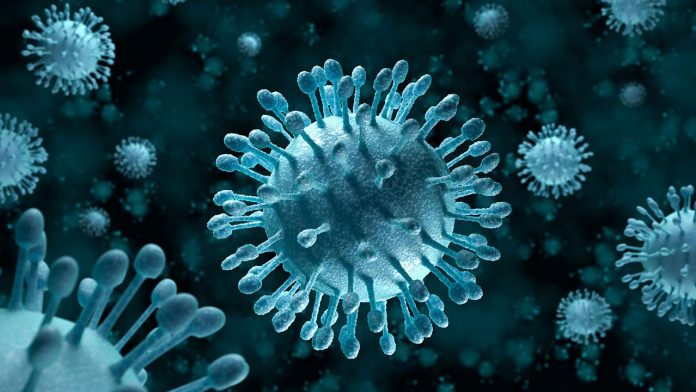
Advertisements
Viruses have been shown to directly cause cancer in fish, birds, frogs, and almost every mammal. Over one hundred viruses capable of causing cancer have been identified. Two human cancers, T cell leukaemia and T cell lymphoma, have been shown to be caused directly by viruses. Perhaps all the other white blood cell tumors will also be shown to be caused by viruses.



Comments